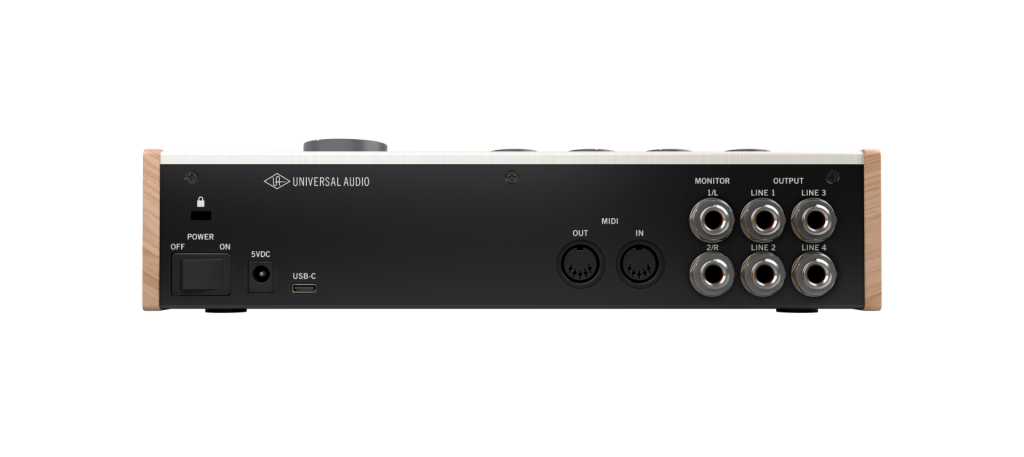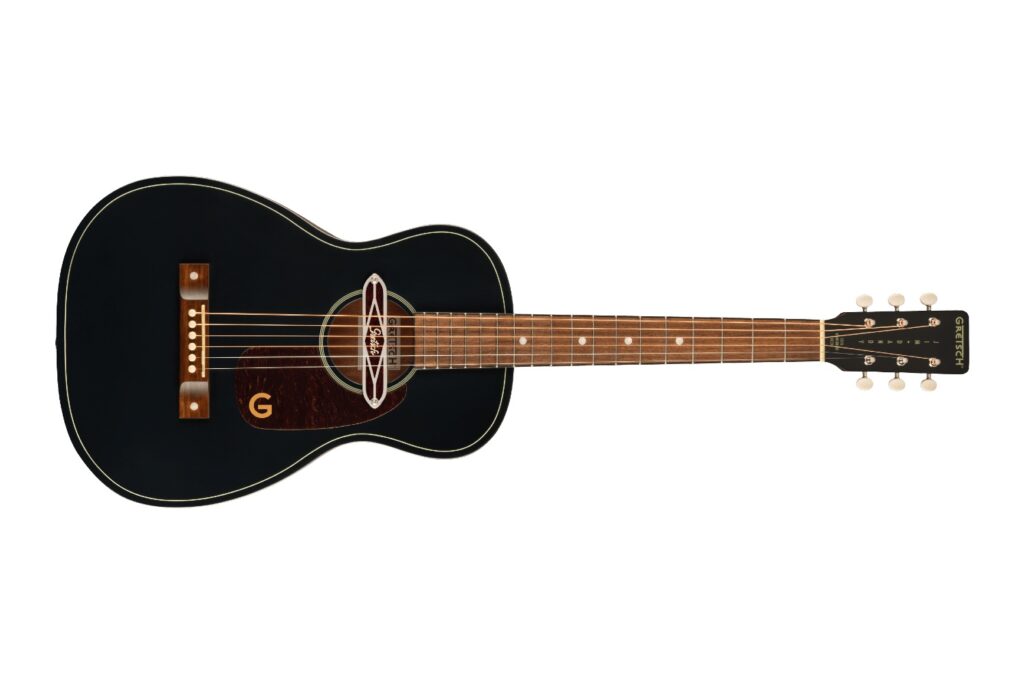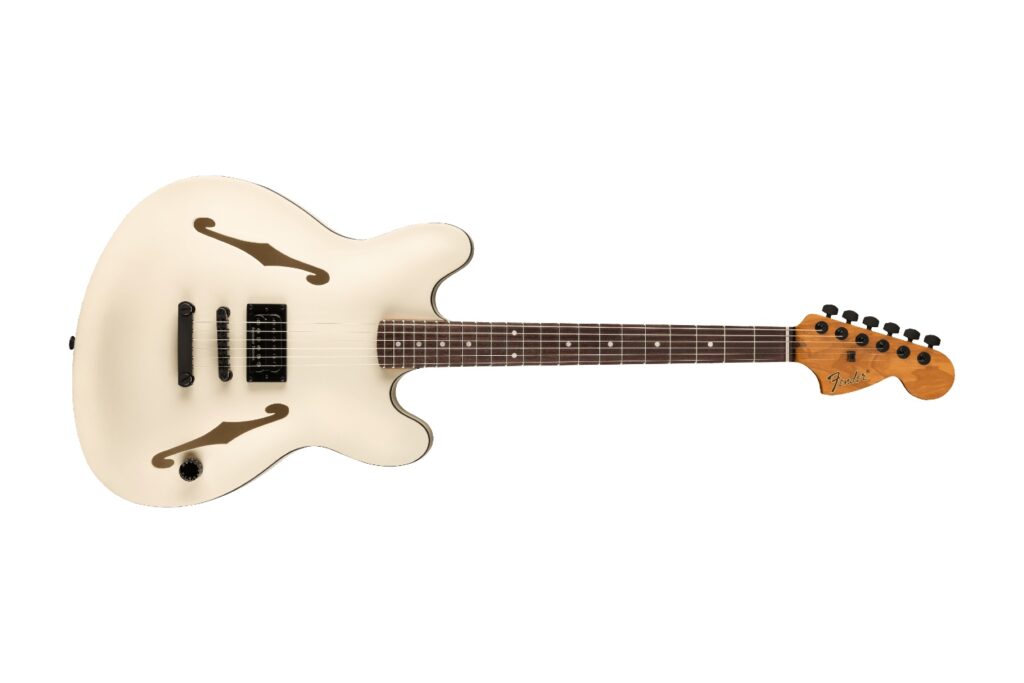CMI Music & Audio | Enquire for pricing
With such a rich history of creating some of the most iconic and widely used analogue equipment ever to have graced the recording studio, it’s no surprise to see that Universal Audio continue to push the boundaries of recording gear today. Such famed pieces such as the 1176 limiting amplifier and the 610 tube preamplifier have been the bedrock of recorded music since the late 1950s and early ‘60s.
So how does such historic equipment find a place in the modern home studio, given the obvious differences in budget and floor space? The answer lies in something like the new Universal Audio Volt 476P, a convenient and feature-packed audio interface that makes full use of UA’s unrivalled modelling and DSP capabilities to provide users with something that is both classic in its sound and modern in its workflow and integration.
Read more gear reviews here.
For those unfamiliar to the Universal Audio product line, UA have long been synonymous with blurring the lines between the analogue and digital worlds of recording – creating high-quality products ranging from their tried and true analog outboard hardware through to their flagship Apollo line of interfaces. The latter offers superb AD/DA conversion, sophisticated on-board processing power, and the ability to record with industry-leading digital emulations of vintage analog preamps from the likes of UA, Neve, API, SSL, Manley, and more. All of this is of course done in real time, accurately reproducing the feel and workflow of an analogue studio.
To some, the release of the entry-level Volt line of interfaces came as a bit of a shock, as it meant the first foray into the entry-level audio interface market for UA, whose premium product lines had come to define so much in the modern professional studio. Back in September of this year, the brand announced a further expansion of their new Volt family with the Volt 4 and Volt 476P – two new interfaces each packed with four microphone preamps, allowing for additional possibilities for multichannel recording and mixing.
At its core, the Universal Audio Volt 476P is a desktop-based four-input and four-output USB audio interface and is capable of recording at 24-bit/192kHz for Mac, PC, iPad, and iPhone. It features four XLR/TRS combo jacks for handling both mic level and line level signals, each with the ability to accept Hi-Z instruments and provides 48V phantom power for condenser microphones.

The mic preamps have a dynamic range of 112dB (A-weighted), THD + Noise of -103dB (0.0007%) (1kHz @ 1% dBFS), equivalent input noise of -127dBu and 55dB of available gain. While this isn’t the largest amount of variable gain I’ve seen on an entry-level interface, one would have to think that this has been optimised to suit UA’s industry leading approach to preamp emulation.
Two headphone outputs are provided on the front panel with independent volume control, delivering loud and clear audio while tracking and mixing, as well as direct, no latency monitoring while tracking. On the rear panel, all of the balanced 1/4″ outputs are found, with L/R monitor and line outputs 1-4. There’s MIDI 5 in/out connectors, as well as the expected connections for power and USB-C to your computer.
As for the processing side of things, the Universal Audio Volt 476P has both the vintage preamp mode and 76 compressors selectable on every channel. The vintage mode engages a cleverly crafted tube preamp emulation, taking inspiration from the prized 610 console preamp. This circuit adds some distinctive tube-like character to the sound, but more detail on this in a bit. As for the 76 compressor – this can be used on any input source, be it mic, line, or Hi-Z. This is a genuine analogue circuit based on the infamous 1176 compressor, bringing sound sources immediately upfront and into focus. This feature alone sets the 476P worlds apart from other interfaces at this price point.

Straight off the bat, the Volt 476P sounds great and is incredibly easy to use. The intuitive layout and simple configuration make adjustments to input and output levels quick and easy, while the LED metering provides immediate info on where things are at levels wise. Being able to quickly select the vintage mic pre and compressor circuits at the press of a button makes absolute sense and allows for speedy auditioning of sounds.
I love what the vintage emulation does on vocals and guitars, adding a roundness and thickness to the sound, with added depth and character, and the lack of fumbling around with squished in dials is a real treat – in terms of tactile functionality it feels way more like an analogue studio and less like a small format audio interface.
Cycling through the 76 compressors’ three modes keeps this analogue workflow going nicely, with settings for vocals, guitar, and a general fast mode for transient material. While the ratio remains at 6:1 on all modes, the attack and release times change, providing just enough flexibility here without this feature being a bit of a novelty. When the compressor is engaged, sounds jump forward, adding punch and clarity, with that sense of smack and immediacy an 1176 is known for, pretty darn cool.
Overall, pulling satisfying sounds with the Volt 476P is easy and really enlightens a sense of fast paced workflow, which I think few interfaces in this end of the market can boast, at least not quite in the same way the Volt 476P does. With plenty of I/O, processing power, and a packed software package, the Volt 476P ticks a lot of boxes for the price. Its I/O flexibility, slick aesthetic, and ease of use are great, but the ability to tone shape and compress signals on the way in is really what does it for me, satisfyingly separating this interface from the rest of the audio interface pack.
Head to Universal Audio for more information. For local enquiries, reach out to CMI Music & Audio.







